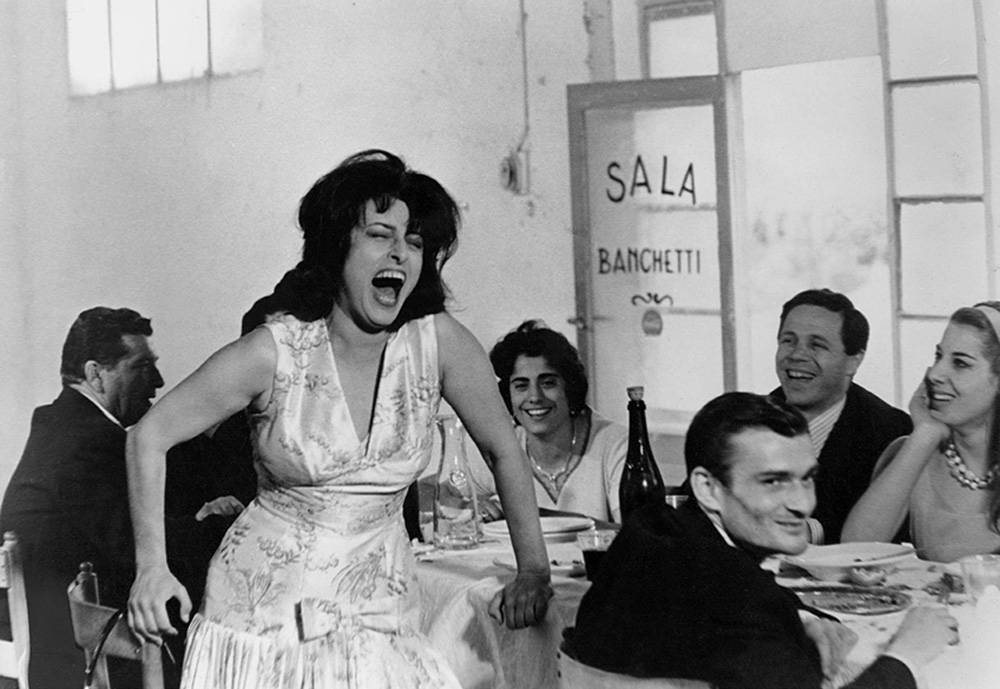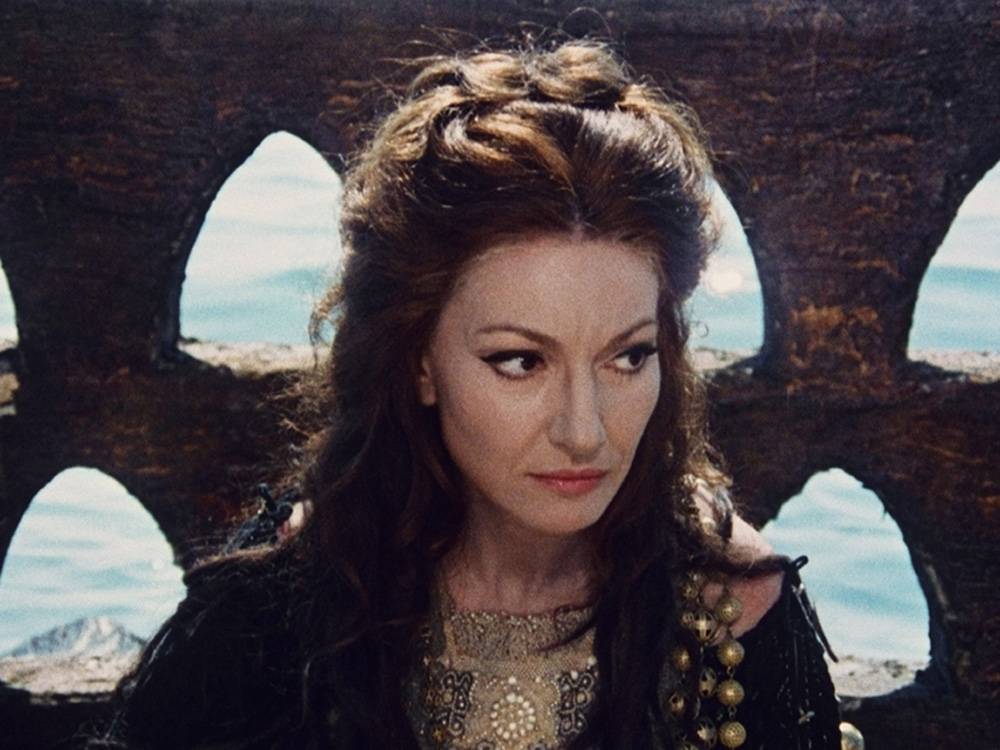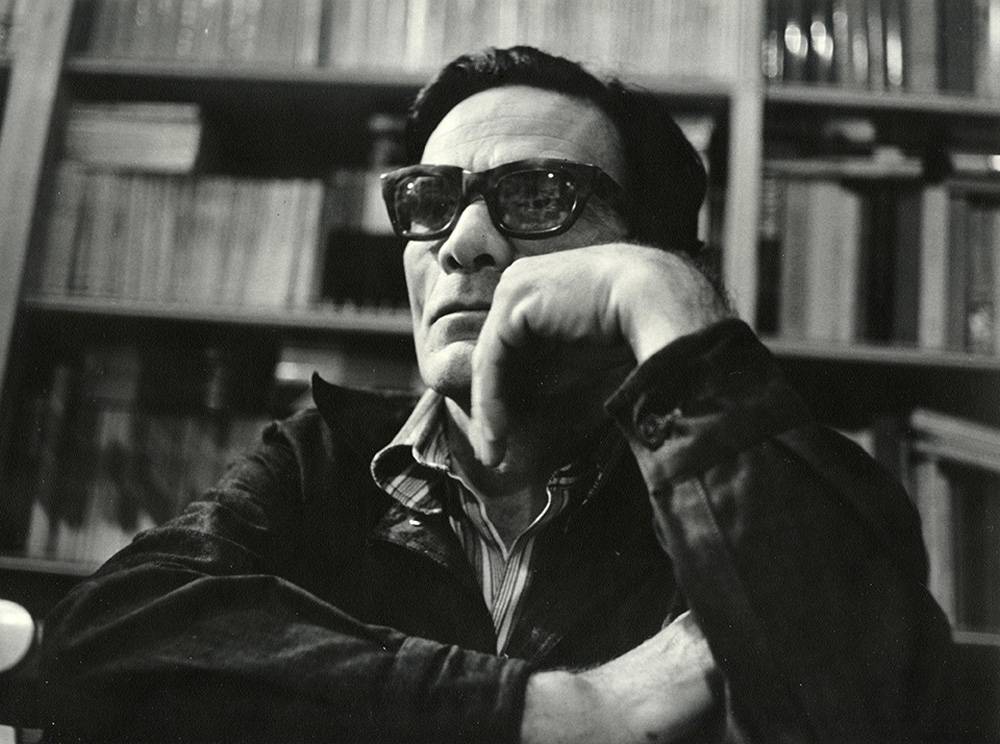“Nobody takes the road to Pula but me. Trieste ends, with the last building sites of the port, the last buildings, against those sad smoky hills, against the white curtain of the sky. Every so often, along the road that runs along the sea, in an uninterrupted series of groups of houses, impassable walls, there is a beach, with families, and the eternal smile of triumphant youth.”
~ Pier Paolo Pasolini, Long Road of Sand (1959)
Italy has nearly 4000 kilometers of coastline and in 1959, writer and director Pier Paolo Pasolini set out on an adventure in his Fiat 1100 to explore the entire coastline. Starting from the Ligurian riviera, Pasolini visited every famous seaside resort on Italy’s coastline from Ventimiglia and San Remo to Trieste and Venice. His last month was spent in Friuli Venezia Giulia and Pasolini intimately knew the Adriatic coast. He spent his youth and summers in Casarsa in Friuli Venezia Giulia, his mother’s town, even dedicating his first book of poetry (Poesie a Casarsa, 1942) to the town.

On that famous road trip, Pasolini recorded the incredible journey in an epic travelogue that would become The Long Road of Sand, eventually published in three installments in the magazine Successo. It was a commentary on contemporary coastal life, chronicling more than just the daily happenings but the social and political landscape of Italy at the peak of its Golden Age.

In his five decades, the director, writer and philosopher was on a philosophical and visual road trip, bringing together an esoteric mix of poetry and politics, facts and fiction in his writings and films. A fervent Marxist, mystic and antimodernist, Pasolini was passionate, and avant garde. And he was an inventor of the visual and a master of the nitty gritty. Pasolini began his film career in Rome under the influence of classic Italian neorealism. His first film, Accattone (1961) brought the audience directly into the petty criminal underworld of the Roman borgate, as did 1962’s Mamma Roma, starring Anna Magnani. And his celluloid CV includes one of the best and most faithful film adaptations of the Gospels – 1964’s The Gospel According to Matthew.

Pasolini never forgot his origins. In 1969, he returned to Friuli Venezia Giulia for Medea (starring Maria Callas) which he shot in Grado lagoon, (and was costumed by Piero Tosi). And followed up with The Decameron, The Canterbury Tales and Arabian Nights (1971-1974), three uninhibited adaptations of masterpieces of medieval literature, collectively known as The Trilogy of Life. Pasolini died on November 1, 1975 shortly before the debut of his last film, Salò, or the 120 Days of Sodom (1975).
When evening dips inside water fountains
~ Song of the Church Bells from Poesie a Casarsa
my town disappears among muted hues.
From far away I remember frogs croaking,
the moonlight, the cricket’s sad cries.
The fields devour the Vespers’ church bells
but I am dead to the sound of those bells.
Stranger, don’t fear my tender return
across mountains, I am the spirit of love
coming back home from faraway shores.
